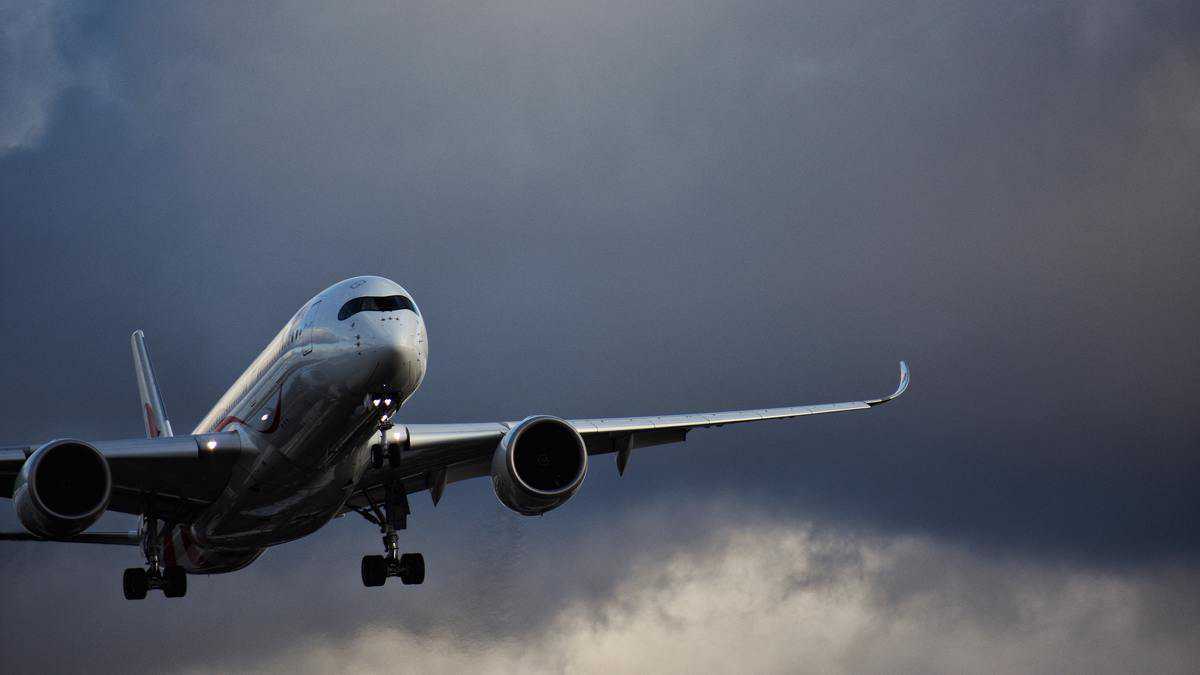Australia is opening its international borders today. For the first time in almost two years, vaccinated overseas visitors will be able to travel to Australia’s shores, quarantine-free.
Arrivals have been slowly trickling in since the beginning of 2022. According to recent data from the Australian Bureau of Statistics (ABS), there were 265,450 overseas arrivals in January. A number this high hasn’t been seen since the government imposed international border restrictions in March 2020.
However, that only accounts for about one-tenth of the travel volume pre-COVID. In January 2020, there were 2.26 million overseas arrivals.
So it begs the question, how long until arrivals get back to pre-COVID levels? And what does an open border mean for businesses?
Tourism industry celebrates
Australia’s travel and tourism industry has perhaps been the hardest hit during the pandemic. Businesses were forced to shut down, and staff left the sector searching for more secure jobs.
The sector estimates it has lost more than $4 billion a month throughout the pandemic.
Modelling by the Tourism & Transport Forum completed in late 2021 showed that nearly 32,000 businesses were at risk of failing. For those businesses, international visitors will be a lifeline.
“The Prime Minister’s announced reopening of our international borders for vaccinated travellers will bring a sigh of relief to so many businesses and their employees whose jobs rely on inbound travel,” Innes Willox, Chief Executive of the national employer association Ai Group, said.
“Benefits from the reopening will flow not just to businesses and employees in the tourism and hospitality sectors but also to those supplying goods and services to those industries.”
Despite the good news, the tourism industry isn’t likely to rebound overnight. Prospective holidaymakers don’t often book a getaway and jump on a plane the very next day.
As such, it is expected that international visitors will arrive later in the year, and anxious families and friends of Australian residents are likely to lead the first wave of travel returns.
A solution to Australia’s labour shortages?
While Australia’s hard border has particularly impacted tourism, the economy has also suffered more broadly.
Australia has been in the midst of widespread labour and talent shortages. While many factors have caused shortages, a lack of overseas skilled and unskilled labour is a significant contributor.
COVID-19 restrictions and the consequent migration shock have tightened the labour market, particularly for lower skill-level occupations.
Without the highly mobile backpacker workforce, many businesses, particularly those in regional Australia, cannot find staff. Between May and December last year, more than half of all employers looking to hire staff struggled to do so.
Mr Willox continued: “The closed border has been a reminder that Australia is not the only destination in the world for tourists, students and skilled workers and that we operate in a very competitive environment.
“While our borders have been closed, many potential visitors have simply gone elsewhere. For example, students and skilled workers will have diverted to the UK or the US.”
The government’s decision to reopen the border will hopefully improve the labour situation, ensuring Australian consumers and businesses have better access to the goods and services they need.
An essential step for agricultural
Along with tourism, Agriculture has been hit especially hard by the closed borders. The Australian agriculture sector relies on imported and temporary labour.
Agricultural work is highly seasonal, making it unattractive to many local unskilled workers. In this way, the backpacker workforce is vital to bringing in the harvest.
Without these workers, many farmers have reported being unable to harvest a vast amount of produce. And with such favourable agricultural conditions for the last two years, closed borders have dealt producers a cruel blow.
Overseas workers also play a vital role in regional economies and communities.
Back in 2021, National Farmers Federation CEO Tony Mahar said, “Overseas workers, including working holiday makers and skilled visa holders, are critical to the entire sector. Overseas workers not only milk our cows, strip the crops and care for livestock; they are vital to regional economies and communities, and their contribution has been sorely missed.
“Migrant workers play a substantial role in boosting other regional businesses and economies beyond agriculture. They eat at the local café; they shop from the family-owned stores.”
Business owners across the country will undoubtedly let out a sigh of relief as the drawbridge is opened and travellers are let back into the country. With international borders finally open, hopefully, Australia can begin to walk the road of COVID recovery.
Read more:Labour shortages force government to offer visa rebates
Read more:Reopening the borders a huge boost for Australian Agribusiness
Keep up to date with our stories on LinkedIn, Twitter, Facebook and Instagram.

